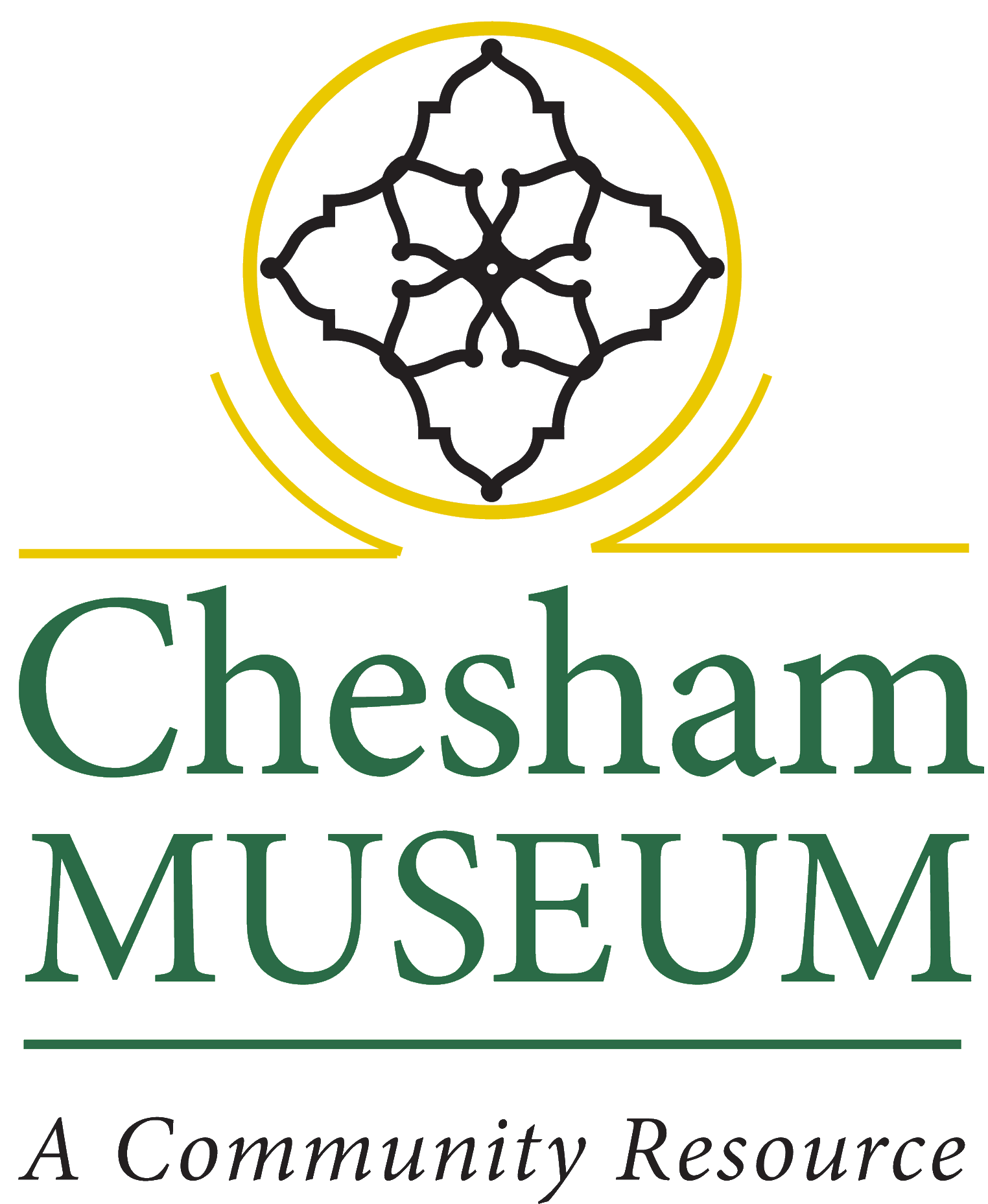The 122nd anniversary of the ending of the Boer War
The 2nd Boer War was fought from October 11th, 1899 to May 31st, 1902 between Great Britain and the two Boer (Afrikaner) republics – the South African Republic (Transvaal) and the Orange Free State – resulting in British victory.
On October 9th, 1899 the Boers issued an ultimatum to the British government, declaring that a state of war would exist between Britain and the two Boer republics if the British did not remove their troops from along the border. The ultimatum expired without resolution, and the war began on October 11th, 1899.
Fighting continued until the Boers finally accepted the loss of their independence with the Peace of Vereeniging in May 1902. In the end Boer leaders such as Louis Botha and General Smuts opted to negotiate for peace on the basis of British suzerainty, promises of local self-government, the swift restoration and efficient management of the gold mines, and crucially, the alliance of Boers and Britons against Black Africans.
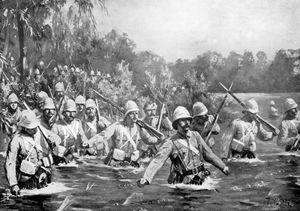
Charles Cavendish, 3rd Baron Chesham
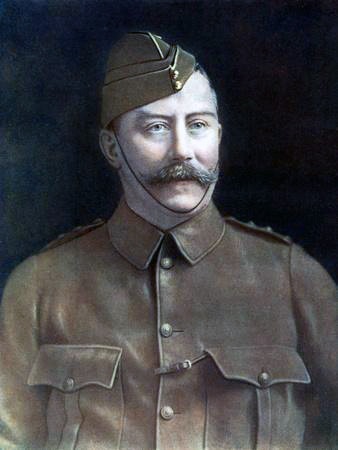
The most famous soldier who lived locally and fought in the Boer War was Charles Cavendish, 3rd Lord Chesham. He entered the Coldstream Guards in 1870.
Three years later, he joined the 10th Royal Hussars as a Captain, and in 1878 joined the 16th Lancers. Chesham held an appointment as Lieutenant Colonel of the Royal Buckinghamshire Hussars Yeomanry from 1889.

In January 1900 he was appointed in command of the 10th Battalion of the Imperial Yeomanry (which included companies from Buckinghamshire, Berkshire and Oxfordshire), serving in the Second Boer War, and received the temporary rank of Colonel in the army.
Later that year, he was promoted to Brigadier General and in November 1900 appointed a Knight Commander of the Order of the Bath (KCB) for his services.
From 1901 he was Inspector General of Imperial Yeomanry in South Africa, with the local rank of Major-General. He relinquished his commission and was granted the honorary rank of Major-General in the army on January 22nd 1902.
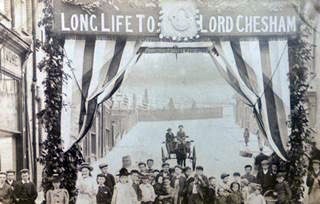
After his return to the United Kingdom, he was in late April 1902 appointed Inspector General of Imperial Yeomanry (at Army Headquarters) with the temporary rank of Major-General. Whilst so employed, Lord Chesham was appointed to honorary Colonel of the Buckinghamshire Imperial Yeomanry (Royal Bucks Hussars) on March 19th 1902.
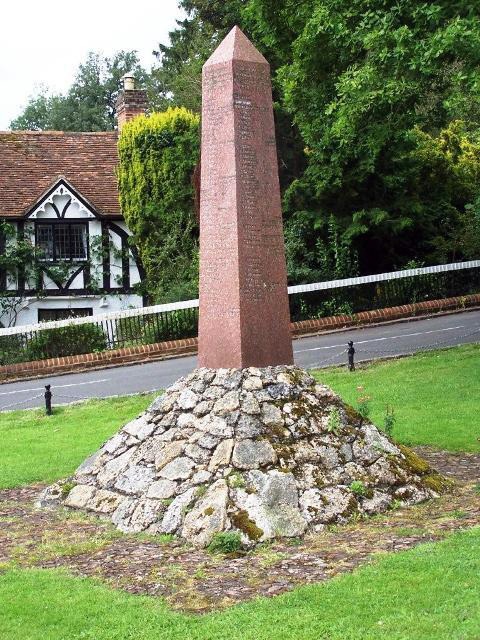
On his return to England, Lord Chesham proposed to Chesham Urban District Council that a memorial be erected to all those local men who had served in South Africa, but the Council rejected his proposal, so Chesham announced his intention to fund and create a memorial in Latimer village which would contain the names of all those who had served in this war who came from parishes where he had property.
His memorial includes the names of all those who served in South Africa from Chesham, Chesham Bois, Chenies, Flaunden, Sarratt and Amersham whether they died in the conflict or not.
The memorial is set on a base of pieces of local pudding stone, a rare natural rock only found in the Hertfordshire/Buckinghamshire area which is made up of coloured flint pebbles set in a hard natural silica cement.
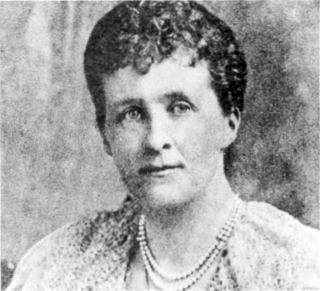
As well as Lord Chesham’s own name, the memorial also includes four members of his family. These are his son the Honourable Charles W H Cavendish (killed in action), the Honourable William E Cavendish (Lord Chesham’s brother), Lady Beatrice Chesham (Lord Chesham’s wife) and the Honourable Lilah C Cavendish (Lord Chesham’s daughter), the latter two having been instrumental in raising funds and setting up hospitals in South Africa to nurse wounded soldiers from the Imperial Yeomanry back to health. The two ladies travelled to South Africa and visited these hospitals in 1900.
Walter Sabatini
One of the names on the Latimer Memorial is that of Private Walter Sabatini of the 14th Hussars. Walter was born to William and Selina Sabatini of Missenden Road, Chesham in 1879.
The 1891 census lists William’s occupation as a “toy shovel maker”. At the time of this census, Walter had six brothers and sisters.
He joined the Army in 1897 when he was 18 years old and enlisted as a Trooper in the 14th Hussars. His regiment was sent to South Africa in 1899 to fight in the Boer War and remained there until peace was declared on May 31st 1902. By then, Walter had fallen in love with the country and decided to stay and make his home in South Africa when he was demobbed.
Fast forward sixty years to 1962, and a tall, sun-tanned South African aged 82 stepped off the train at Chesham Railway Station on a rainy, windy day in June in search of his long-lost family.
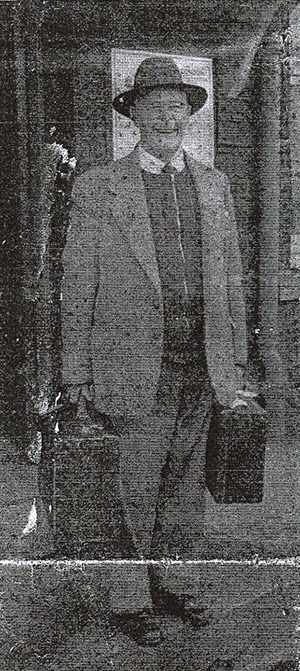
It didn’t take very long for Walter to locate his remaining brothers and sisters – Herbert, Rose and Nellie – and a grand family reunion took place.
Walter went back home after a six week stay and regularly corresponded with his family in England until in 1974, Herbert received a letter from South Africa which told him that his brother was dead at the age of 94.
The letter enclosed a typewritten 13 page detailed account of Walter’s adventures during the Boer War – now being kept by Chesham Museum – which brings vividly to life the progress of the war as seen by an ordinary soldier in the ranks.
In the First World War, he joined the Natal Light Horse and served in German South-West Africa (now Namibia). After marrying, he started a small market garden selling produce and did this for the rest of his life.
